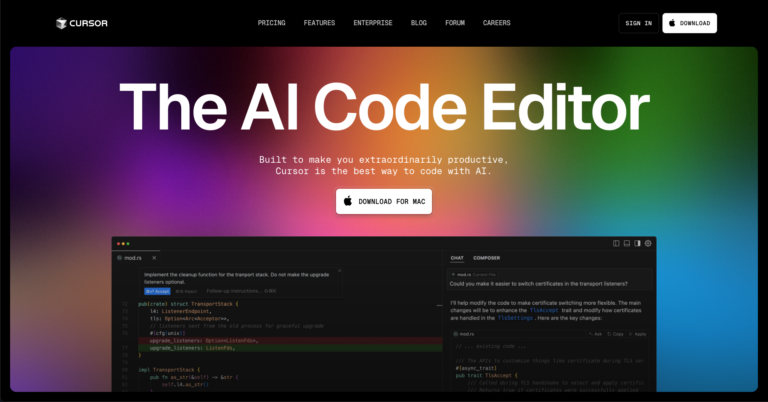
When a visitor lands on your website, they have one goal: to find specific information quickly. Unlike reading a book or newspaper, where people are willing to take their time absorbing content, website users scan, click, and expect instant answers.
Studies show that:
- 79% of users scan pages rather than reading word-for-word.
- Most visitors leave within 10-20 seconds if they don’t find what they need.
- Search engines favor well-structured sites that clearly answer user queries.
This is where website structure and SEO come into play.
The Role of Search Engines & SERPs
Most website visits start with a search engine query; users type in a question or keyword, and Google, Bing, or another search engine returns a page of results (SERP = Search Engine Results Page).
How SERPs Work
🔍 Search engines crawl their indexes for relevant web pages.
📊 They rank results based on relevance, authority, and user intent.
⚡ SERPs display organic results, paid ads, featured snippets, and more.
Why does this matter?
If your website is disorganized or cluttered, it won’t rank well and even if people find it, they won’t stay long if they can’t quickly locate the information they need.
User Behavior: The “F-Pattern” & the Need for Clarity
Research on web user behavior shows that people scan web pages in an F-pattern:
- First, they glance at the top of the page for key headings.
- Next, they scan left-side content and bolded keywords.
- If nothing relevant stands out, they move on fast.
For businesses, this means:
- Pages should be structured for fast readability (clear headings, bullet points, and short paragraphs).
- Each topic should have a dedicated page rather than stuffing everything into one long page.
- A well-structured website helps both visitors and search engines find the right information.
How to Optimize Your Website for SEO & User Experience
If you want higher SERP rankings and better visitor engagement, structure your site like a well-organized library, not a textbook:
- Break up large pages: create separate pages for key services, FAQs, and topics.
- Use clear navigation make: it easy for users to jump to specific sections.
- Optimize for search engines: each page should target a specific keyword and user intent.
Bottom line? If users can’t find what they need in seconds, they’ll leave. A clear, intentional website structure improves SEO rankings, boosts engagement, and keeps visitors coming back.






